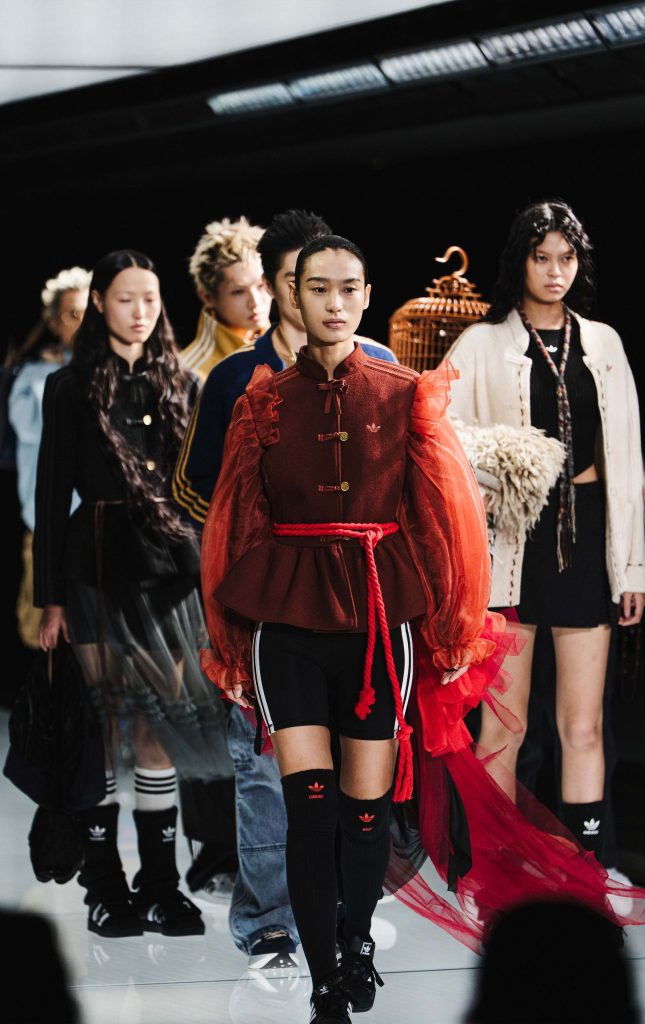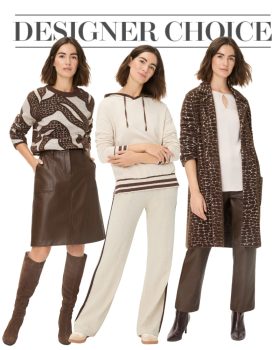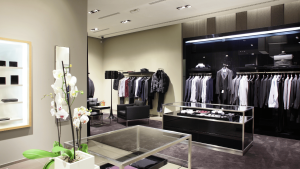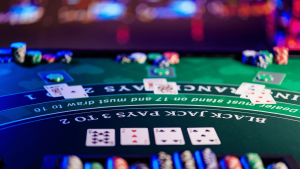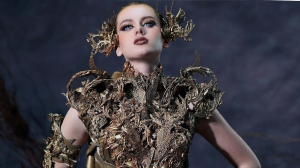Adidas staged a fashion show in Old City Hall on the closing night of Shanghai Fashion Week, to celebrate the 20th anniversary of its Shanghai Creation Centre. The runway pieces were available for immediate purchase during the event.
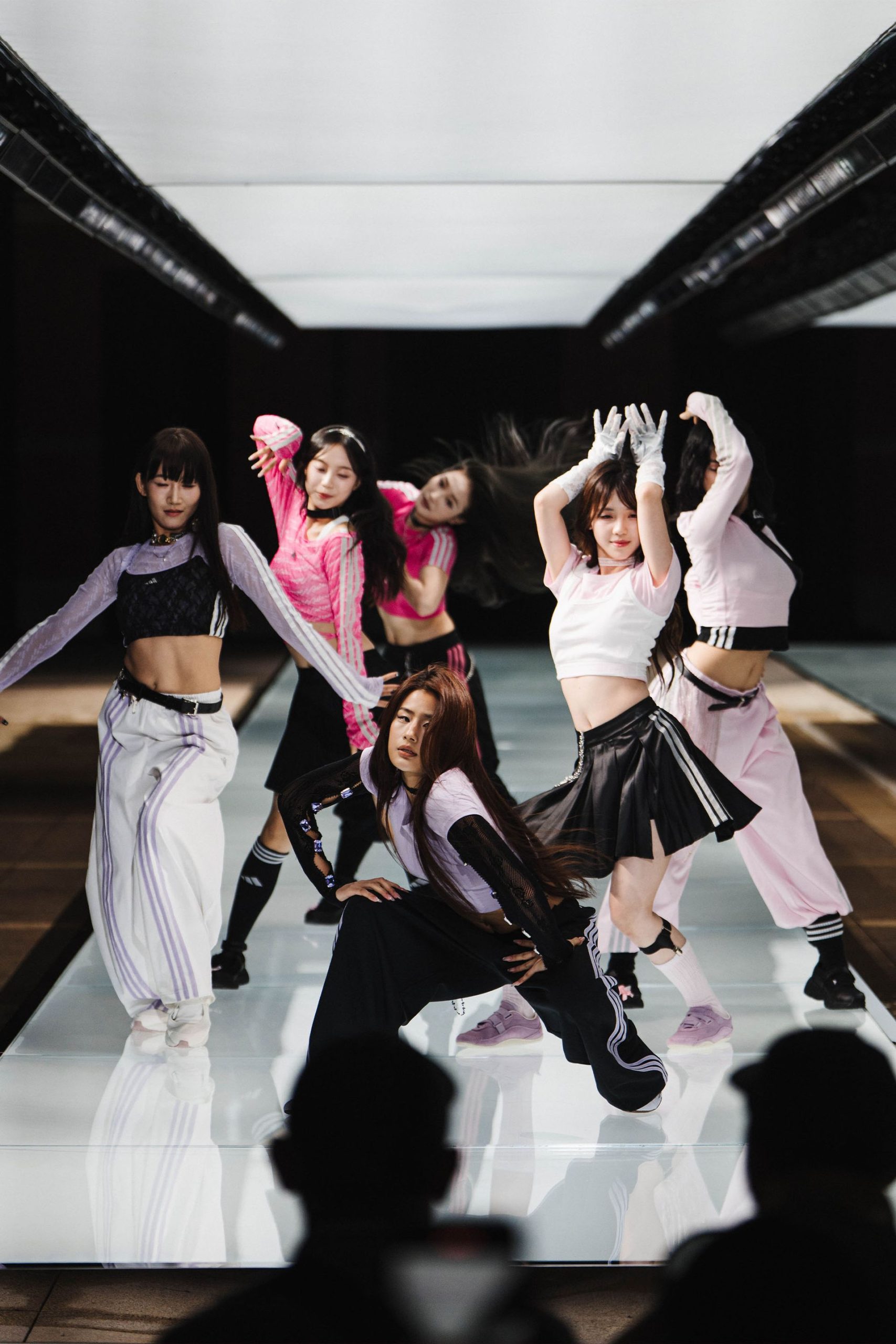
Adidas Stages Show At Shanghai Fashion Week
The “adidas Presents: Power Of Three” multi-faceted initiative began with a standout runway show on the final day of Shanghai Fashion Week followed by the brand’s Fashion Hub offering immersive fashion experiences for guests. Guests could also preview the upcoming collection, allowing them to explore the brand’s heritage while engaging in a set of activations. To provide a tangible and modern experience, the runway pieces were available for immediate purchase during the event; transforming the iconic Three Stripes from a classic symbol into a dynamic medium for cultural expression, attitude, and community connection.
Two Decades of Creation Center Shanghai
For the past twenty years, Creation Center Shanghai has served as the creative heartbeat of adidas in the local market and has achieved numerous milestones, delivering footwear and apparel tailored for the China market while fostering deep collaborations with local artists, athletes, and cultural institutions to showcase local creativity, even onto the global stage.
Leveraging the 2025 Shanghai Fashion Week, Creation Center Shanghai revealed its fresh vision, presenting a collection of creative products curated by the local team. These pieces, combining performance wear with fashion aesthetics, underscore the brand’s commitment and progress in the China market. The runway show, featuring over one hundred looks, showcased the formidable power of local design talent and celebrated the brand’s strong relationship with the domestic creative community.
Related Contents:
stepn go and adidas launch physical shoe drop
The Runway Show: “Power Of Three”
On October 16, 2025 adidas took the finale stage of Shanghai Fashion Week with a powerful runway presentation built around the theme ‘Power Of Three’ in honour of the Adidas three stripes. Taking place in five acts, including a performance by Chinese cellist Ouyang Nana and a dance-off, the show aims to transform the classic Three Stripes into a symbol, uniting with a new generation of creatives spanning music, film, and street culture. Guests were immersed in an atmosphere where Eastern sounds, a streetstyle vibe and cross-cultural collaborations converged.
Simultaneously with the runway presentation, adidas implemented an innovative see-now-buy-now opportunity, allowing consumers to purchase the new styles during the show, creating a bridge from the runway to the street. The adidas Fashion Hub, open from October 17th to 19th, served as the core venue after the fashion show. Different from traditional showroom formats, the Fashion Hub is an integrated space combining brand archives, future product previews, collaboration projects and interactive experiences. adidas brand ambassador GALI made a special appearance at the venue to debut his FW25 collaboration with the brand.
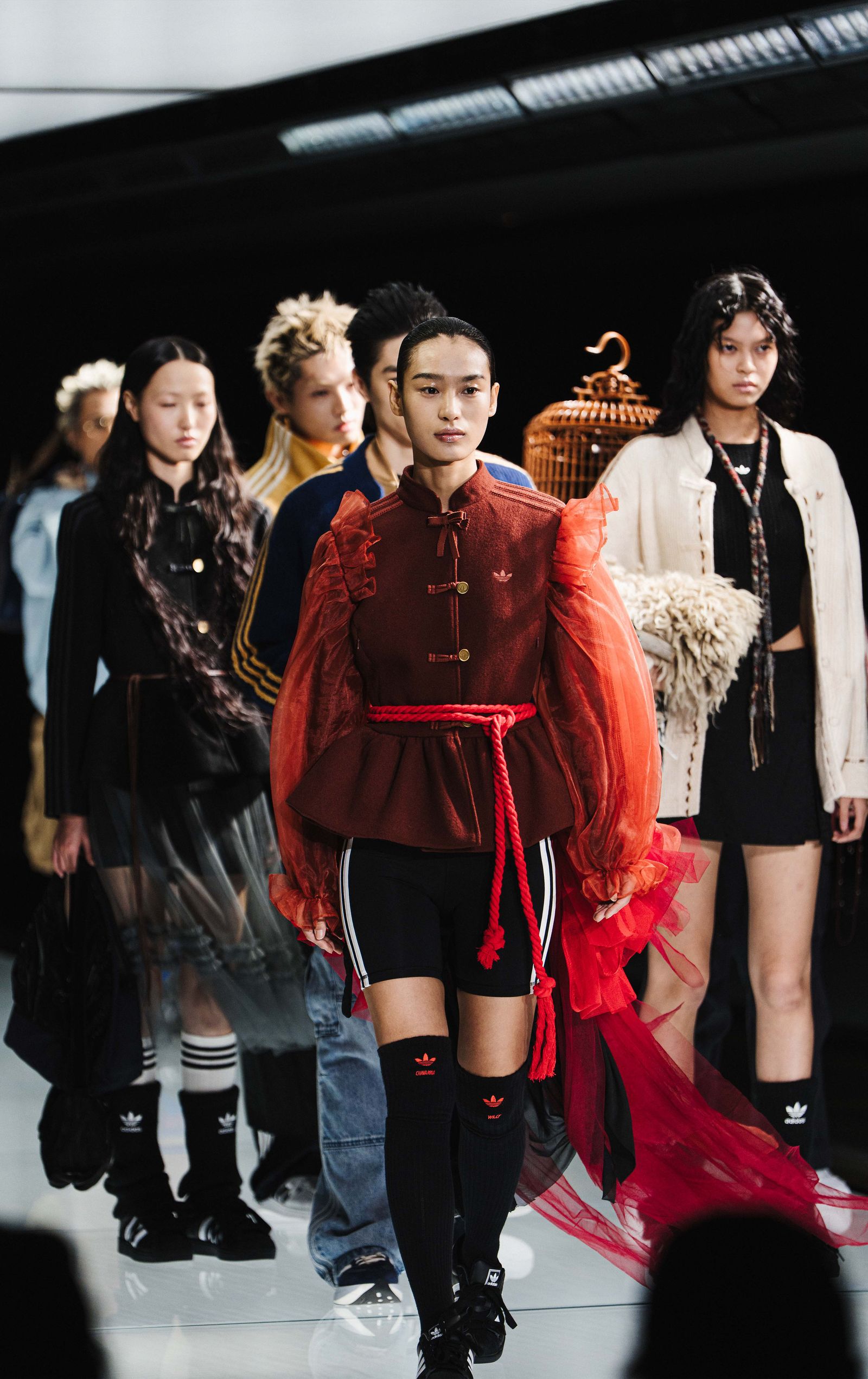
Adidas Stages Show At Shanghai Fashion Week
Adidas Brand History
The story of Adidas began in cobbler Adolf Dassler’s mother’s kitchen where he made sports shoes after his return from WWI. His brother Rudolf Dassler joined him in 1924 and formed Dassler Brothers Shoe Factory. Dassler was an athlete as well as a shoemaker and applied his knowledge to crafting products that would enhance athletes performance. He made spiked running shoes lightweight by replacing traditional metal spikes to canvas and rubber and gifted a pair to sprinter Jesse Owens to wear at the 1936 Summer Olympics. Owens’ medal-winning performance boosted sales and the brothers were reportedly selling 200,000 pairs each year before WWII.
During the war, the company was running the last sport shoe factory in Germany and supplied Wehrmachtwith shoes. In 1943, shoe production ceased operations and the company’s production facilities and workforce were employed to build anti-tank weapons. The Dassler factory was almost destroyed in 1945 by US forces but it was spared when Adolf Dassler’s wife explained to the GIs that the firm was focused only on manufacturing sports shoes! However, the brothers had bitter differences and went separate ways; Adolf relaunched the company as ‘Adidas’, headquartered in Herzogenaurach Germany and purchased its three-stripe logo from Karhu Sports in 1952 while his brother launched Puma.
The bitter feud continued between Puma and Adidas. In 1954, screw-in-studs on Adidas football shoes assisted Germany to beat Hungary at Football World Cup and the brand became legendary worldwide. The Sixties was a decade for milestones, particularly development of the first specialist running shoe and Azteca Gold sprint spike for the Mexico Olympic Games. The first track suit, made in 1967 in honour of heroic football player Franz Beckenbauer, helped Adidas enter the sports apparel market. In the Seventies, Adidas began producing sports equipment, beginning with Telstar, the official ball of FIFA World Cup. The Seventies also witnessed the introduction of Nite Jogger made with materials that aided running in the dark. 1983 introduced the adidas Copa Mundial, which became the bestselling soccer cleat. Torsion ZX8000 was the first shoe to match the natural movement of a runner’s ankle.
The company was purchased by French businessman Bernard Tapie in 1989. Tapie shifted production to Asia and sent a sales representative to Germany to meet Adolf Dassler’s descendants. In 1992, unable to pay the loan interest, Tapie mandated French bank Crédit Lyonnais to sell Adidas, and the bank converted the debt into equity of the enterprise. Bernard Tapie’s friend Robert Louis-Dreyfus became CEO of Adidas in 1994. During his tenure, he streamlined the product line and acquired Salomon Group, Taylormade Golf and Maxfli. He was CEO of Adidas till 2001.
During the Eighties and Nineties, Adidas was exclusive apparel and footwear sponsors of tennis players Ivan Lendl, Stefan Edberg and Steffi Graf. In 2005, British designer Stella McCartney launched a joint-venture sports performance collection with Adidas, Adidas by Stella McCartney. Next, Adidas introduced Adidas 1, the first shoe to use a microprocessor that automatically adjusts the shoe’s level of cushioning in alignment with its environment. The decade witnessed the introduction of Boost, an energy-returning midsole that quickly became a favorite with runners. In 2015, Adidas released Superstar Pride Pack, the first LGBTQ sneaker. During 2006-17, Adidas was uniform supplier of the National Basketball Association and from 2000-12, it provided gymnastics apparel to Team USA.
In January 2006, Adidas bought Reebok for reported US$3.8 billion. The same year, Adidas sold Salomon Group for reported €485m to Amer Sports. In November 2011, Adidas announced it would acquire outdoor action sport performance brand Five Ten for reported US$25 million. By end 2012, Adidas was reporting its highest revenue. In July 2014, Adidas and Manchester United inked a ten-year kit deal. In January 2015, Adidas developed a mobile app which allowed consumers to reserve its limited edition sneakers. In August 2015, Adidas acquired fitness technology firm Runtastic for reported $240 million and Adidas Runtastic became a mobile app that combines traditional fitness with mobile applications and social networking. In May 2017, Adidas sold TaylorMade to KPS Capital Partners for reported $425 million.
The German multinational corporation continues to focus on supporting promising athletes and this has led to collaborations with Andy Murray, James Harden, Kobe Bryant, Lionel Messi, Gilbert Arenas, Kevin Garnett, Zinedine Zidane, David Beckham, Steven Gerrard, Gareth Bale, Thomas Müller, Mesut Özil, James Rodríguez, Iker Casillas, Arjen Robben, Paul Pogba, Dele Alli, Luis Suárez, Diego Costa, Mohamed Salah, Roberto Firmino, Paulo Dybala, Mats Hummels, Manuel Neuer, Sergio Garcia, Alto Bolden, Lasith Malinga, Kieron Pollard, Dwayne Bravo, K. L. Rahul. Adidas, Ivan Zaytsev and Kevin Pietersen among others. Rugby player Sonny Bill Williams is a global ambassador for Adidas.
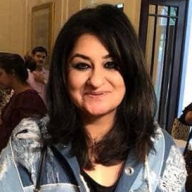
Jasmeen Dugal is Associate Editor at FashionABC, contributing her insights on fashion, technology, and sustainability. She brings with herself more than two decades of editorial experience, working for national newspapers and luxury magazines in India.
Jasmeen Dugal has worked with exchange4media as a senior writer contributing articles on the country’s advertising and marketing movements, and then with Condenast India as Net Editor where she helmed Vogue India’s official website in terms of design, layout and daily content. Besides this, she is also an entrepreneur running her own luxury portal, Explosivefashion, which highlights the latest in luxury fashion and hospitality.


